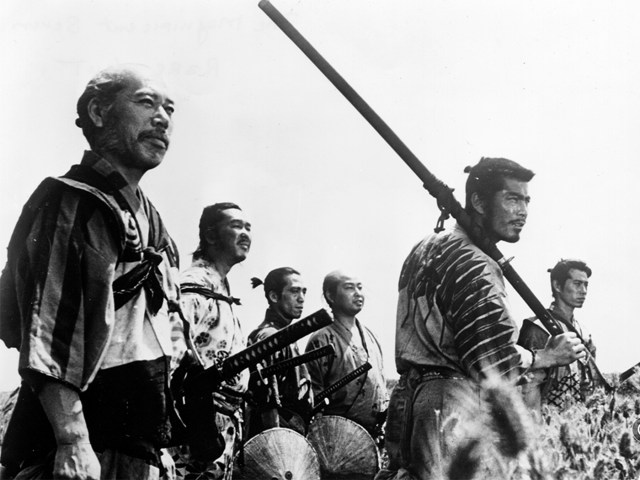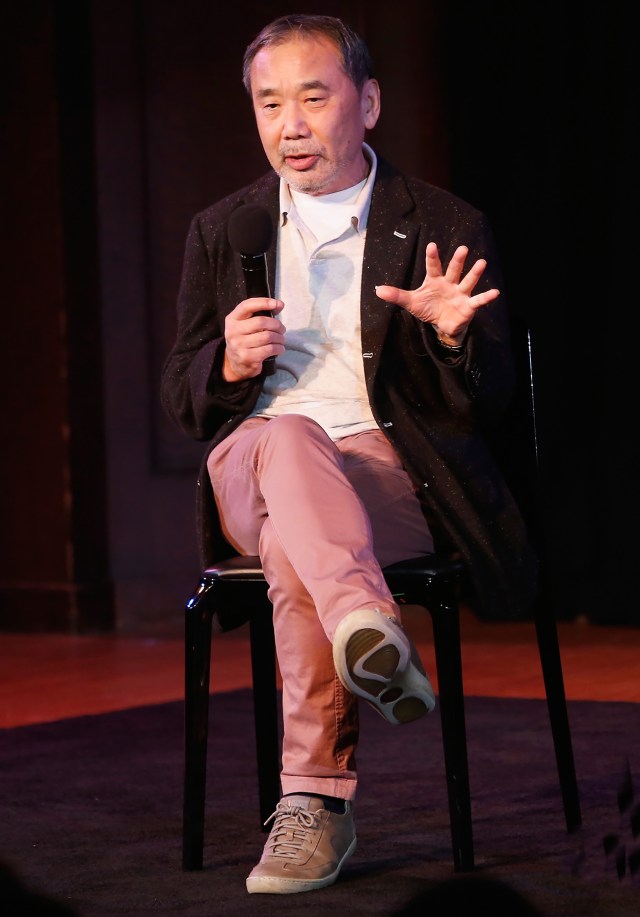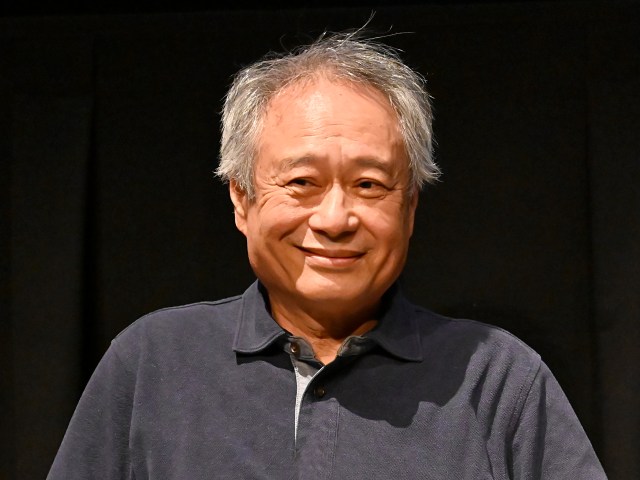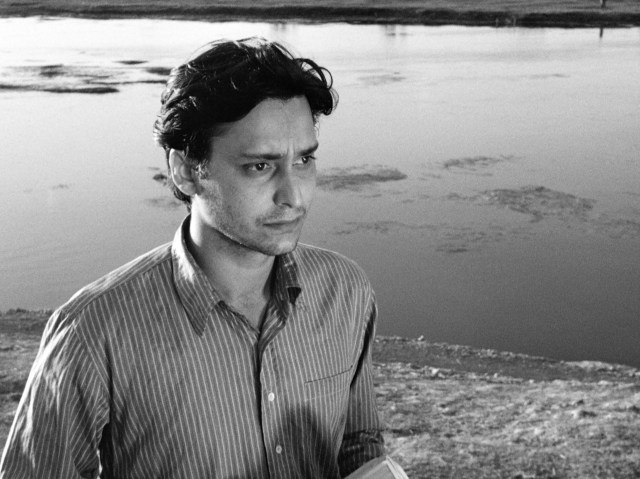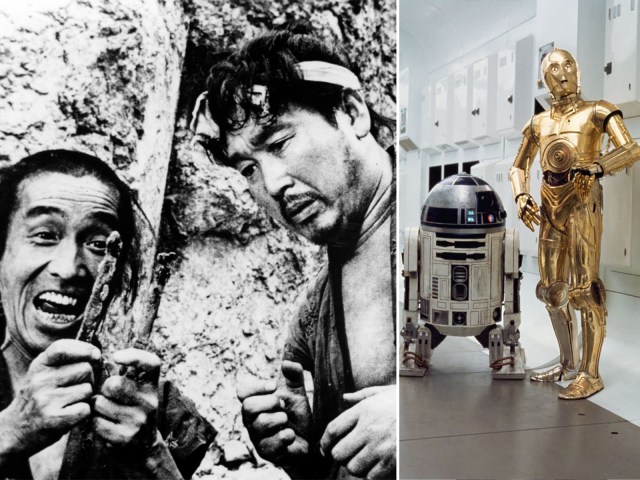Hollywood Gold: A New Generation of Asian Actors
Asian actors have always been a part of the Hollywood landscape, and with the recent emphasis on increasing diversity both in front of and behind the camera, it has only helped them to push the dial forward into mainstream roles. Now, leading men such as Malaysian-British Henry Golding (Crazy Rich Asians, Snake Eyes: GI Joe Origins), Chinese-Canadian Simu Liu (Shang-Chi, Legend of the Ten Rings), Taiwanese Chang Chen (Crouching Tiger, Hidden Dragon, Dune), Chinese-British Lewis Tan (Deadpool, Mortal Kombat), and Chinese-American Daniel Wu (Reminiscence), the idea of an Asian A-lister is no longer an anomaly in Hollywood.




